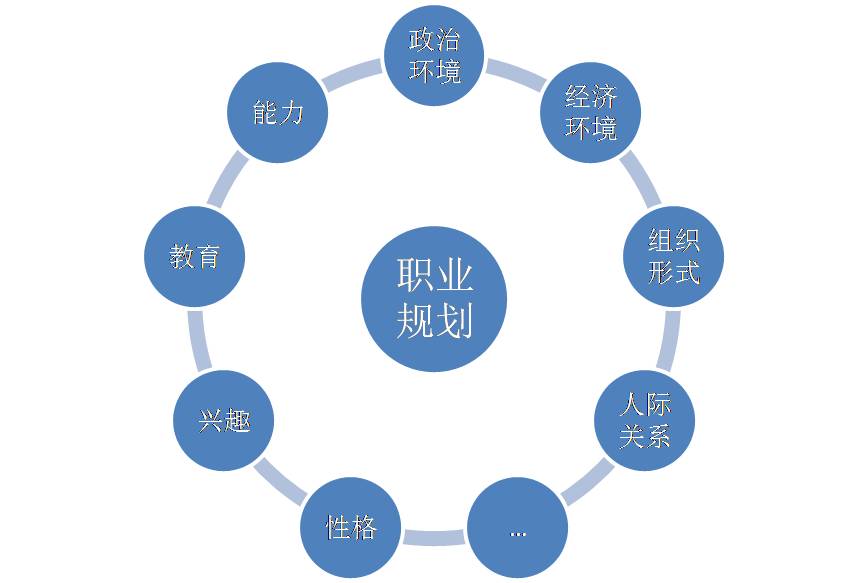Title: High School vs. College
The transition from high school to college marks a significant milestone in the academic and personal journey of many individuals. While both are crucial phases of education, they differ vastly in terms of structure, responsibility, social dynamics, and personal freedom. Understanding these disparities can help students navigate the challenges and opportunities that come with higher education.
One of the most apparent differences between high school and college is the level of autonomy students are granted. In high school, students often follow a strict schedule dictated by the school, with little room for choice in classes or extracurricular activities. Teachers and parents play a more dominant role in guiding students through their academic careers. In contrast, college offers a much higher degree of independence. Students must manage their time effectively, choose their courses, and make decisions about their future career paths. This newfound freedom can be both exhilarating and daunting, as it requires a higher level of self-discipline and organizational skills.
Another critical distinction lies in the teaching methods and learning environments. High school classes tend to be more teacher-centered, with lectures and direct instruction being the primary modes of learning. Teachers closely monitor student progress and provide frequent feedback. On the other hand, college classes are typically more student-centered, encouraging active participation, group discussions, and independent research. Professors often expect students to take a more proactive role in their learning, seeking help when needed but also taking responsibility for their own educational advancement.
Social dynamics also undergo a substantial shift when moving from high school to college. High school friendships are often formed within the confines of the school community, with students spending significant amounts of time together due to shared classes and extracurricular activities. In college, however, the social landscape is far more diverse and fluid. Students come from different backgrounds and have varying interests, leading to a broader range of social circles and networks. This diversity can enrich the college experience but also requires students to be more open and adaptable in forming new relationships.
The focus on academics and future preparation also takes a different turn in college compared to high school. High school curriculums are generally designed to provide a well-rounded education, covering a wide array of subjects. While there is some emphasis on preparing for college or careers, it is often less intense than in college, where the focus shifts towards specialization and professional development. Students in college are encouraged to explore internships, research opportunities, and other experiences that can enhance their resumes and prepare them for the workforce after graduation.
In conclusion, the transition from high school to college presents numerous changes that can significantly impact a student's life. The increase in personal freedom and responsibility, the shift towards more student-centered learning environments, the diversification of social dynamics, and the heightened focus on career preparation all contribute to making college a unique and transformative experience. By understanding and embracing these differences, students can maximize their growth and success during this critical period of their lives.
The transition from high school to college marks a significant milestone in the academic and personal journey of many individuals. While both are crucial phases of education, they differ vastly in terms of structure, responsibility, social dynamics, and personal freedom. Understanding these disparities can help students navigate the challenges and opportunities that come with higher education.
One of the most apparent differences between high school and college is the level of autonomy students are granted. In high school, students often follow a strict schedule dictated by the school, with little room for choice in classes or extracurricular activities. Teachers and parents play a more dominant role in guiding students through their academic careers. In contrast, college offers a much higher degree of independence. Students must manage their time effectively, choose their courses, and make decisions about their future career paths. This newfound freedom can be both exhilarating and daunting, as it requires a higher level of self-discipline and organizational skills.
Another critical distinction lies in the teaching methods and learning environments. High school classes tend to be more teacher-centered, with lectures and direct instruction being the primary modes of learning. Teachers closely monitor student progress and provide frequent feedback. On the other hand, college classes are typically more student-centered, encouraging active participation, group discussions, and independent research. Professors often expect students to take a more proactive role in their learning, seeking help when needed but also taking responsibility for their own educational advancement.
Social dynamics also undergo a substantial shift when moving from high school to college. High school friendships are often formed within the confines of the school community, with students spending significant amounts of time together due to shared classes and extracurricular activities. In college, however, the social landscape is far more diverse and fluid. Students come from different backgrounds and have varying interests, leading to a broader range of social circles and networks. This diversity can enrich the college experience but also requires students to be more open and adaptable in forming new relationships.
The focus on academics and future preparation also takes a different turn in college compared to high school. High school curriculums are generally designed to provide a well-rounded education, covering a wide array of subjects. While there is some emphasis on preparing for college or careers, it is often less intense than in college, where the focus shifts towards specialization and professional development. Students in college are encouraged to explore internships, research opportunities, and other experiences that can enhance their resumes and prepare them for the workforce after graduation.
In conclusion, the transition from high school to college presents numerous changes that can significantly impact a student's life. The increase in personal freedom and responsibility, the shift towards more student-centered learning environments, the diversification of social dynamics, and the heightened focus on career preparation all contribute to making college a unique and transformative experience. By understanding and embracing these differences, students can maximize their growth and success during this critical period of their lives.
上一篇:中国高质量发展与中国青年担当研究
下一篇:读懂中国式现代化论文3000字




